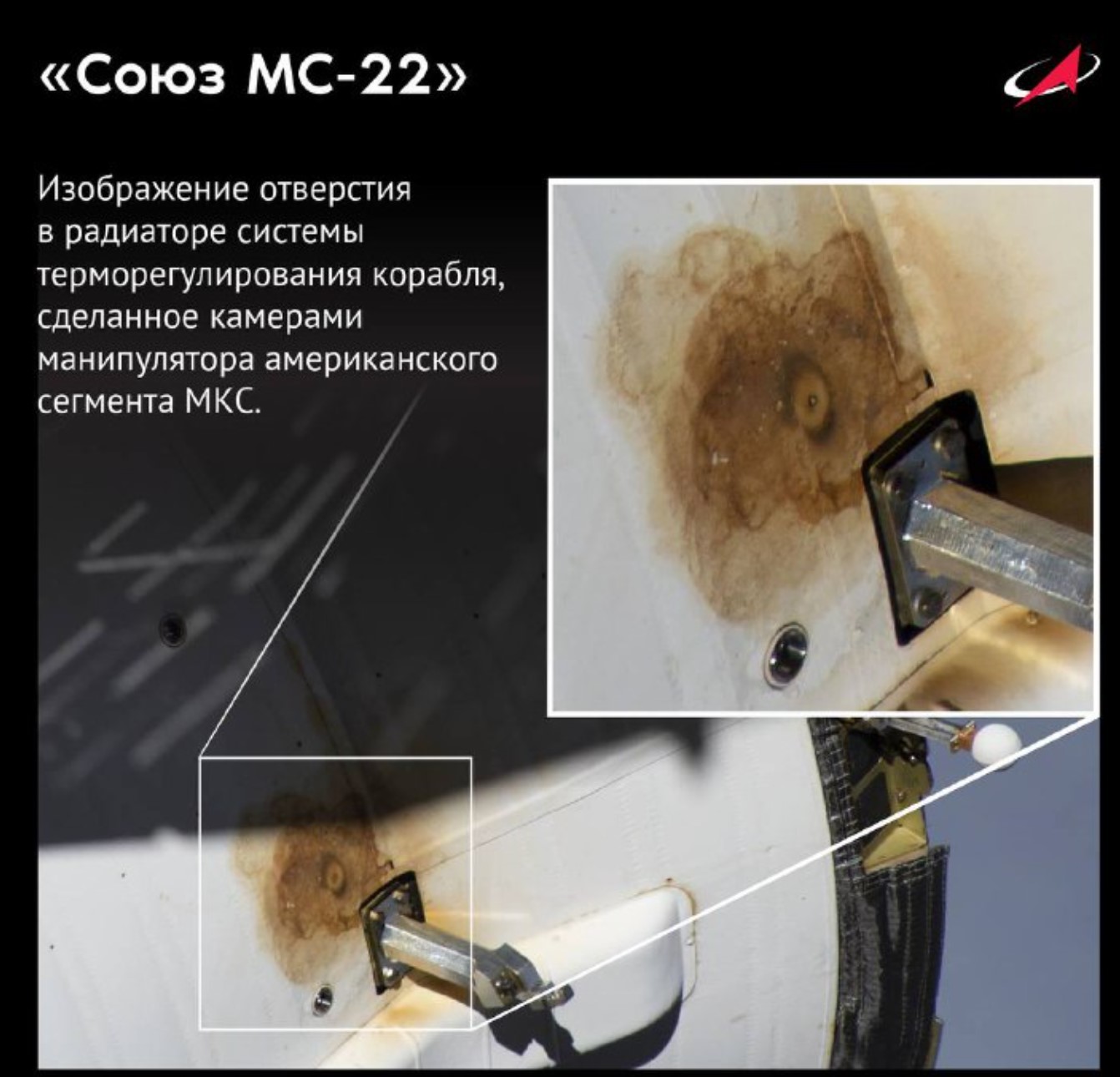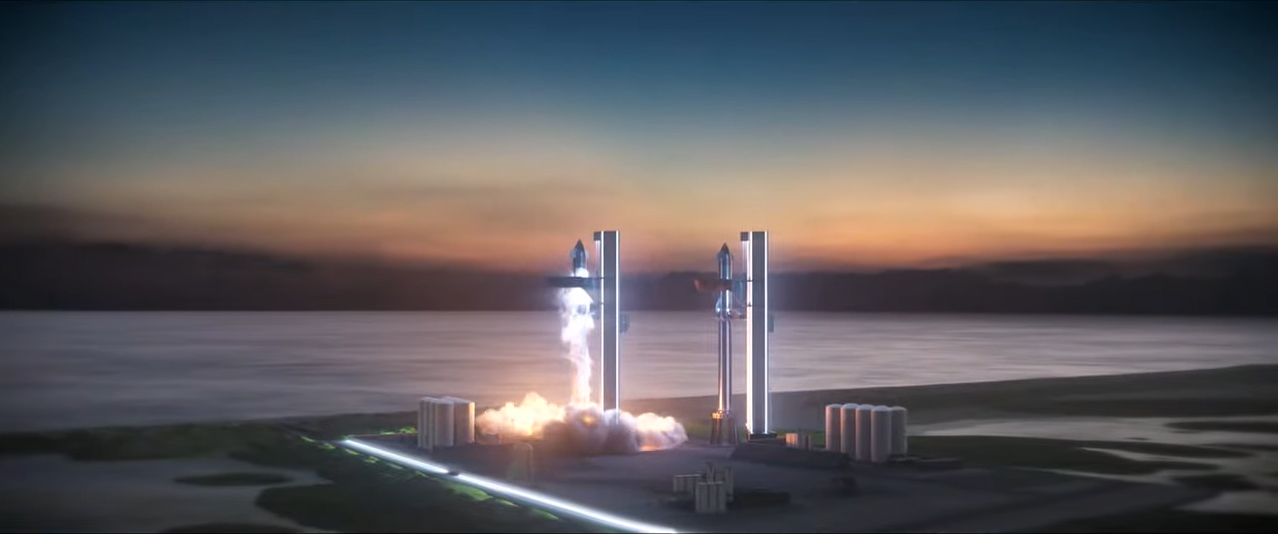A Soyuz space capsule that suffered a major coolant leak in December departed the International Space Station without a crew early Tuesday (March 28) to return to Earth for engineers to study.
The leaky Soyuz MS-22 spacecraft cast off from its docking port on the Russian-built Rassvet module of the International Space Station without any astronauts aboard — a rarity for Russia’s Roscosmos space program — at 5:57 a.m. EDT (0957 GMT). The Soyuz will land on the steppes of Kazakhstan at 7:46 a.m. EDT (1146 GMT) about 91 miles to the southeast of the city of Dzhezkazgan, but NASA did not broadcast the landing live. Roscosmos did broadcast it live on YouTube (opens in new tab).
“It’s de-orbiting and descent to Earth went smoothly,” Roscosmos officials announced on Telegram (opens in new tab) after landing. Images showed the spacecraft descending under its parachute and at rest on its side after landing.
The Soyuz MS-22 capsule left orbit just 55 minutes after undocking, much sooner than the typical 2.5 hours, since it is uncrewed, NASA spokesperson Rob Navias said. The spacecraft also fired a longer departure burn than normal to leave the International Space Station, he added.
Related: Russia releases photos of damage to leaky Soyuz spacecraft
Roscosmos launched the MS-22 Soyuz spacecraft in September 2022 to ferry Russian cosmonauts Sergey Prokopyev, Dmitri Petelin and NASA astronaut Frank Rubio to the International Space Station on a six-month mission. But in December, just halfway through the flight, the Soyuz capsule sprung an uncontrollable leak on Dec. 14 that vented its precious coolant into space.
Roscosmos engineers have blamed the leak on a micrometeoroid impact, even as they study a similar leak in early February on a different uncrewed Progress cargo ship.
Without coolant, engineers were concerned that temperatures inside the Soyuz MS-22 capsule could reach a sweltering 104 degrees Fahrenheit (40 degrees Celsius) during its return to Earth, too high for a human crew to make the trip comfortably, NASA officials said. A subsequent temperature check by cosmonauts wearing spacesuits inside the stricken Soyuz found that the temperatures would indeed rise due to the lack of coolant, but “not to unsafe levels,” Navias said.
Still, the leak left Rubio and his Russian crewmates without a ride home or a lifeboat at the station for emergencies. That ended on Feb. 23, when Roscosmos launched an empty Soyuz MS-23 crew capsule to the station for the three astronauts. They will now return to Earth later this year, possibly as late as September after spending a full year in space.
The Soyuz MS-22, meanwhile, will return to Earth filled with science experiments that can withstand its high internal temperatures, Roscosmos has said via a Telegram post (opens in new tab). It is also carrying old navigation modules, Russian Orlan spacesuit sleeves, TV cameras and other gear, the agency has said.

“About 218 kilograms of cargoes, including the results of scientific experiments and ISS equipment for analysis or reuse are expected to be returned to Earth on the Soyuz MS-22,” Roscosmos officials said according to a TASS news report (opens in new tab).
A recovery team will retrieve the Soyuz capsule after landing so it can be studied to better understand how its coolant leak occurred, as well as what a landing without coolant is like to aid in future missions, Roscosmos officials have said.
Email Tariq Malik attmalik@space.comor follow him@tariqjmalik. Follow us@Spacedotcom,FacebookandInstagram.
Join our Space Forums to keep talking space on the latest missions, night sky and more! And if you have a news tip, correction or comment, let us know at: community@space.com.
Note: This article have been indexed to our site. We do not claim legitimacy, ownership or copyright of any of the content above. To see the article at original source Click Here













